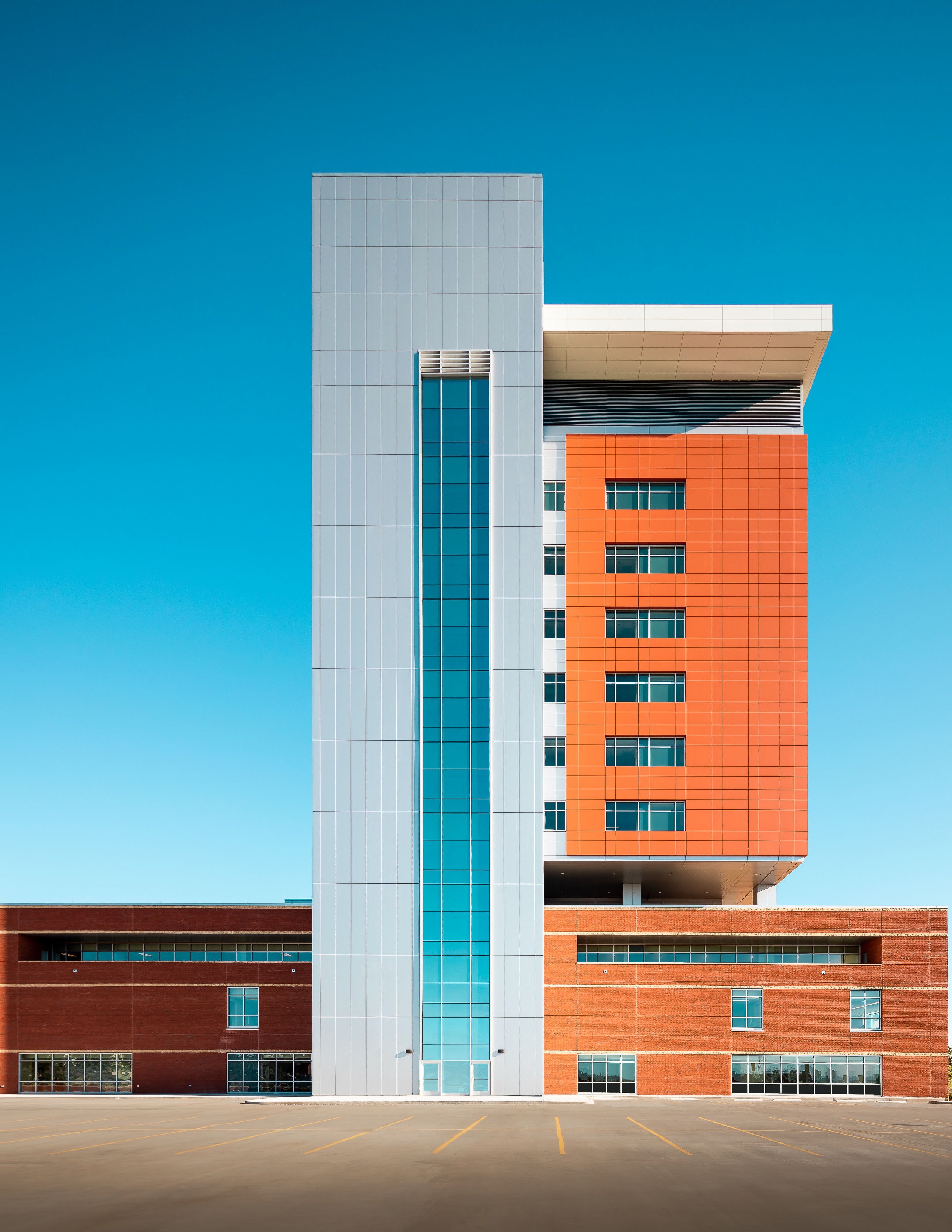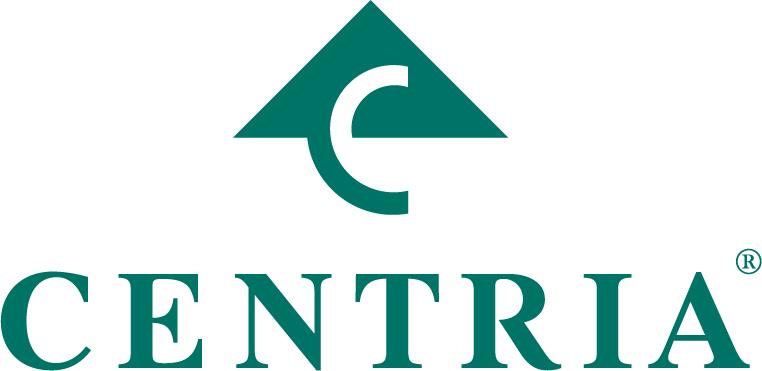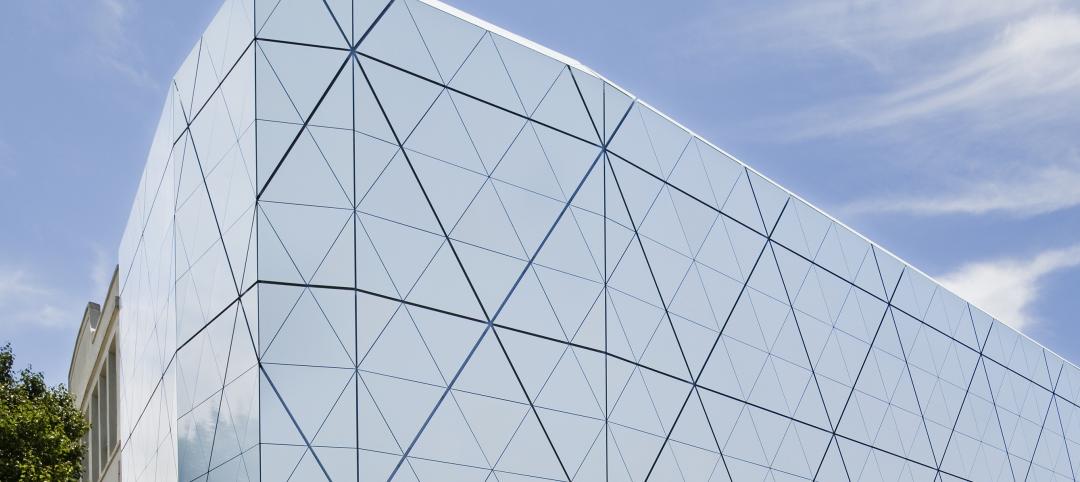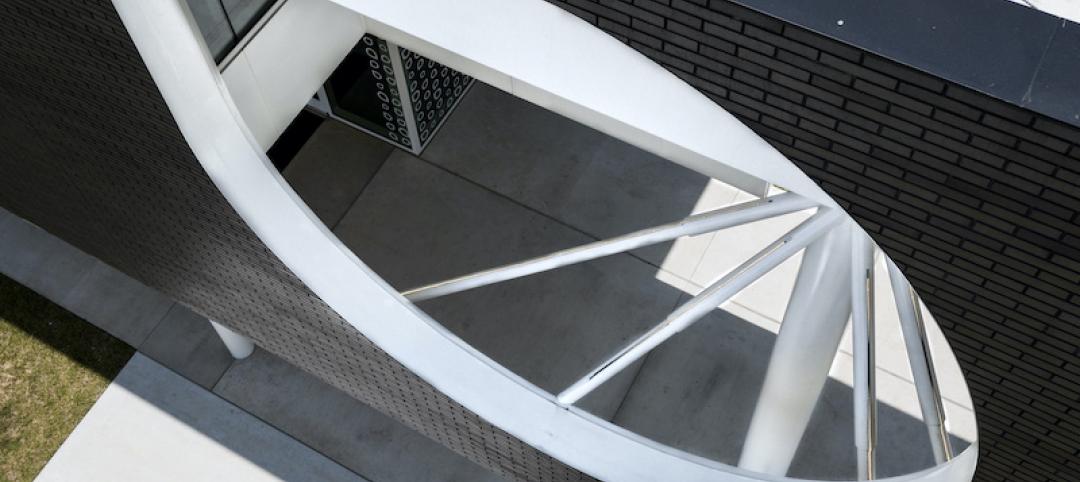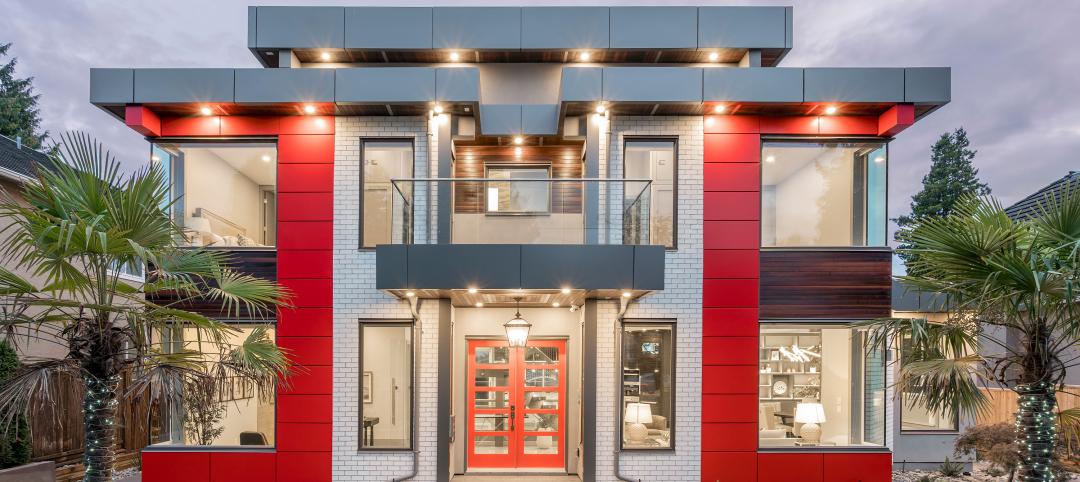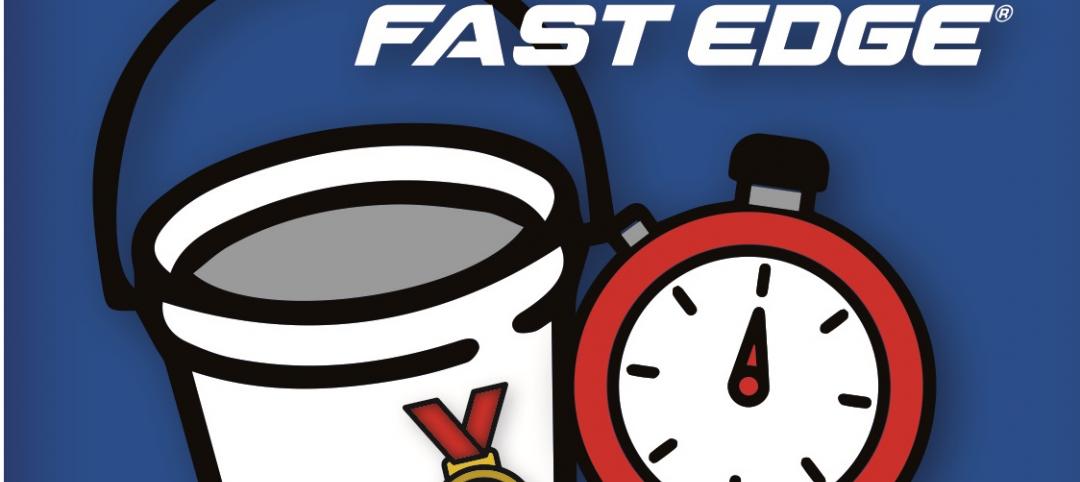CENTRIA Delivers High-Performance, High-Impact Innovations
Consider the importance of first impressions in the context of a building, whether it is a destination museum or a hospital delivering the full range of medical care.
It starts outside – when driving by, in the parking lot, or on the adjoining sidewalk.
Does the structure have a sleek look that telegraphs sophistication and modernity? How does it stand out from other buildings nearby? Does it make a statement that is memorable?
The product choices made by designers and architects for the building envelope have a substantial impact on the eventual answers to these questions.
Add in the increasingly stringent building codes across the country – for thermal performance, fire protection, moisture barrier and more – and architects must cast a discerning eye at what choices they’re making.
In essence, the selected products must solve two enduring challenges – long-term performance and lasting aesthetic appeal.
In two recent instances, designers and planners turned to CENTRIA for multiple product solutions.
The results were a cutting-edge medical facility ready to serve the needs of the community in Asheville, North Carolina, and an addition to a popular destination in Pittsburgh that focuses on science and STEM education.
A New Address for Healthcare in Asheville
Originally called Mission Hospital for Advanced Medicine, the newly built Mission Health North Tower in Asheville, North Carolina, is helping Mission Health set a new standard of excellence in healthcare for the community.
The 630,000-square-foot, 12-story facility expands emergency department services and patient capacity. It includes 220 patient rooms, a 94-bed emergency room, 11 interventional and cardiac catheterization suites, eight digital operating rooms, and an outdoor terrace on the third floor. The $400-million tower was in the planning stages for nearly a decade.
Planners ultimately chose solutions manufactured by CENTRIA for several parts of the building’s exterior.
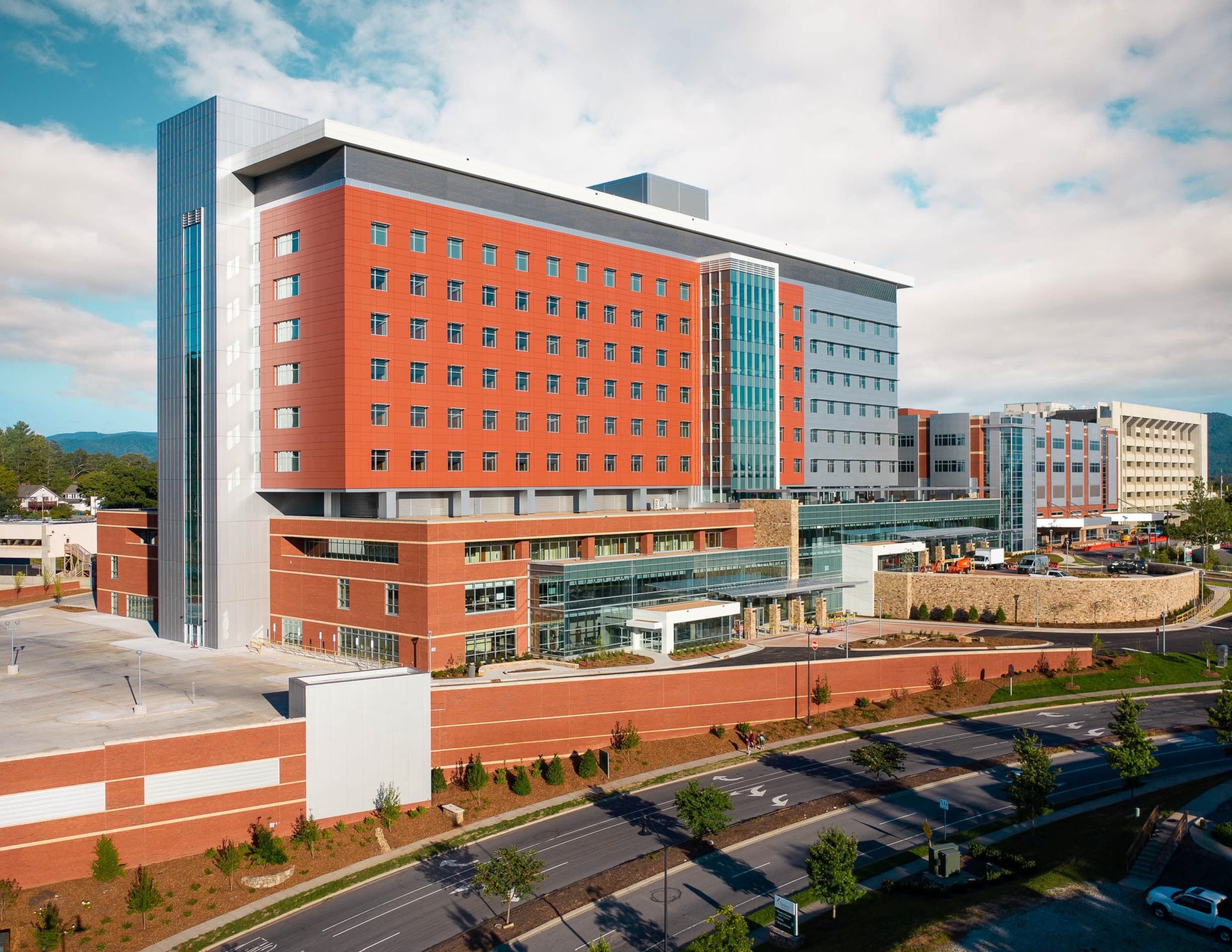
Towering Above
Architects had a vision for the two towers that sit on either end of the new building and encase both elevators and staircases. They did not want the towers to appear utilitarian or commercial. Rather than using stone, masonry, or concrete, designers sought to source an external wall solution that would be flat and smooth, delivering a modern and sleek look.
The chosen product – nearly 20,000 square feet of Formawall Dimension Series from CENTRIA in a vertical orientation.
“The architect really put to use what Formawall Dimension Series does well, and that’s cover opaque surfaces with a very flat-looking surface and also affording them the necessary insulation,” said Joe Creighton, president of SECO Architectural Systems. “The results were fantastic.”
CENTRIA’s Formawall high-performance building envelope system consolidates six wall components into one product for distinct architectural profiles in both horizontal and vertical orientations. Formawall comes with concealed clips, fasteners and sealants with insulated metal vertical joints and a pressure-equalized side joint to help prevent water infiltration. The panels are factory foamed in place, minimizing the potential for gaps within the panel. They also integrate with most glass wall, window, and CS louver systems.
Wearing the Crown
At the crown of the building, architects specified decorative louvers to add to the structure’s aesthetic appeal. At the same time, it was important to create a moisture barrier for the crown. That meant specifying an insulated rain barrier behind the louvers, and CENTRIA’s MetalWrap delivered the right performance metrics.
“In one step, you have an insulated weather barrier behind louvers. When the louvers did go on, the building was already dry. It was a time saver in that regard,” Creighton said of MetalWrap. “It’s really easy to install. Very user friendly.”
MetalWrap insulated composite backup panels serve as the ultimate backup wall for nearly any type of exterior rainscreen system. The solution consists of two steel skins that are permanently bonded to a poured-in-place foam insulating core.
High Concept
On the building’s podium (between the two metal towers), architects decided to use CENTRIA’s Concept Series single-skin wall panels in a variety of places. They created a visual break from the masonry, which served as the primary cladding in that area of the building.
“The Concept panels have a ribbed profile and gave a little more of interest to the podium level of the building,” Creighton added.
Concept panels feature concealed fasteners and a common-lock joint that allows the panels to be integrated with each other. They can be installed vertically or horizontally with an unbroken appearance, adding to the product’s aesthetic versatility.
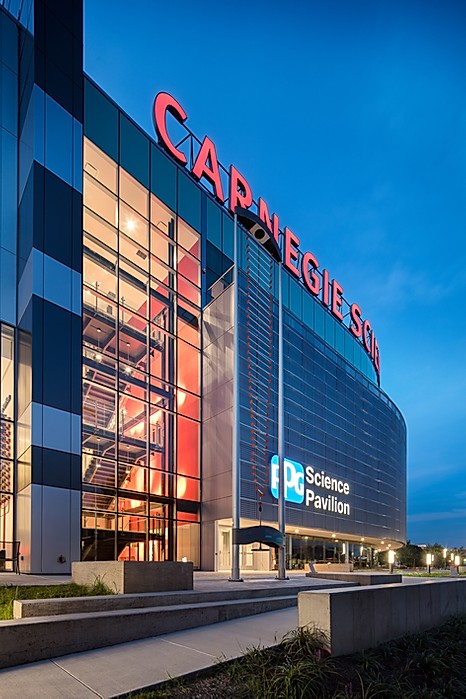
Supporting Science
Designers and architects faced a different challenge with the PPG Science Pavilion, a $33-milllion expansion to the Carnegie Science Center on Pittsburgh’s North Shore.
How do you replicate the look of a building that was christened in 1991 and apply it to an addition while also adhering to modern design standards and much stricter building codes?
Once built, the PPG Science Pavilion would enable the Carnegie Science Center – the most visited museum in Pittsburgh – to expand key offerings. The space was set to accommodate STEM education programs for area children along with traveling exhibits that draw regional crowds. In addition, the pavilion would house more event space.
The original museum was clad in custom-designed metal panels.
“We really needed a product that would align itself well with the spacing, the sizing, and the aesthetic appearance of the existing panels while bringing in the modernity of a functional system,” said Ryan Indovina, principal at Indovina Associates Architects. “We were really focused on trying to achieve the aesthetic appearance but also the performance standard that the science center was looking for.”
Indovina and team were also charged with sourcing materials from a local provider.
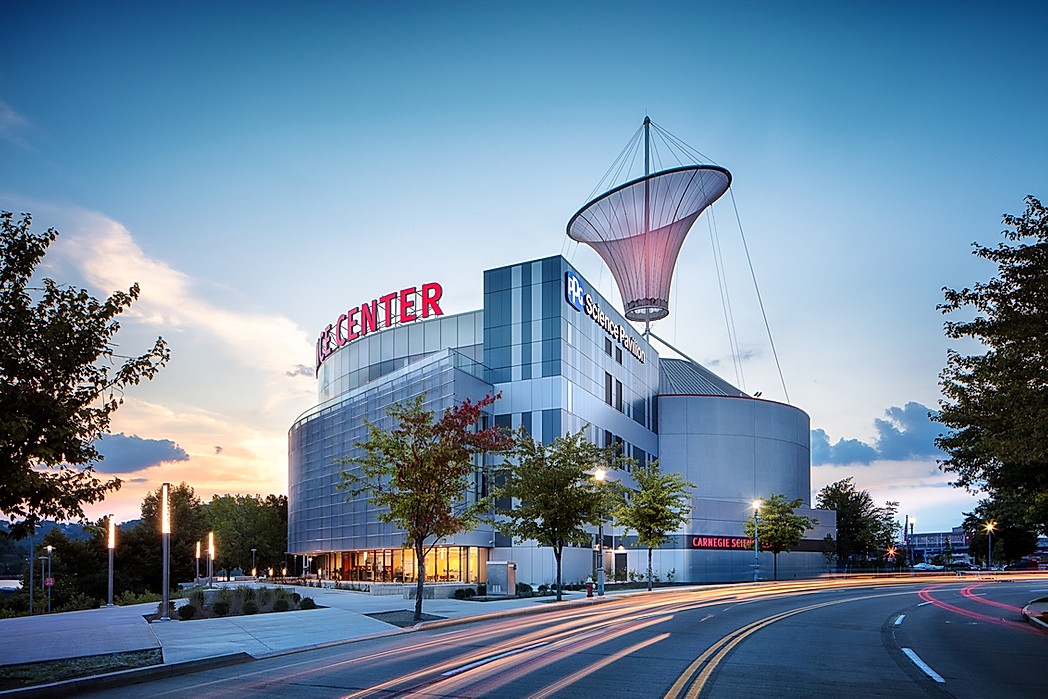
The Perfect Fit
CENTRIA’s Formawall Dimension Series presented itself as the optimal solution. In this case, the Formawall Dimension Series 3”-T panel was able to be sized and shaped to meet the needs of the project and covered 11,500 square feet of the building. The panel is engineered to provide outstanding aesthetics and value along with maximum thermal performance and moisture control in a single component.
Part of the addition needed to be a “black box” without external windows since it would house the traveling exhibits. To ensure the building remained visually interesting on the exterior, Indovina and team integrated the CENTRIA metal panels with an outer scrim board for a double-layered facade. The perforated boards created depth while the Formawall boards served as the moisture and insulation barrier.
“The CENTRIA panel offered the opportunity to have a consistent manufactured panel that provides that weather barrier whether it’s behind that scrim or fully visible,” Indovina said, adding that the new panels also coordinated well with old sections of the building when the two were finally connected.
“The aesthetic of the building ended up being almost exactly in line with what we intended in the initial design phases,” Indovina remarked.
The PPG Science Pavilion opened in the spring of 2018.
CENTRIA
1800-759-7474
Related Stories
Sponsored | Voice of the Brand | Aug 17, 2020
Can Sustainable Materials Compete With Virgin Material?
Sponsored | Voice of the Brand | Jul 28, 2020
Why Mineral Wool Makes the Grade as a Continuing Insulation
Sponsored | Voice of the Brand | Jun 5, 2020
Practice Style Transcendence with Brick
Get inspired! Brick’s adaptability has made it the premier building material for centuries even as styles come and go. Nothing says “classic” like brick, but nothing says “innovative” like brick either. Check out some examples of how fired clay brick remains a major presence in the 21st Century designer’s palette.
Sponsored | Voice of the Brand | May 7, 2020
How One Fabricator Uses ALPOLIC MCM as His Calling Card in the Residential Market
ALPOLIC metal composite materials have been used in the architectural and commercial building worlds for years. But recently, architects are starting to specify it for residential and other non-traditional applications. With exceptional warranties and a variety of finishes, it is a perfect fit for homeowners wanting something different.
Sponsored | Voice of the Brand | May 5, 2020
Two Schools Go for Bold Color and Eye-Catching Design
Metal wall panel systems with varying rib patterns and pops of color provide dynamic visual interest in two different new-construction school buildings. PAC-CLAD Precision Series Panels offer an affordable array of 45 standard colors and 12 panel options for endless cladding possibilities.
Sponsored | Voice of the Brand | Mar 10, 2020
How Trim-Tex’s Fast Edge® corner bead saves time & material
Trim-Tex recently rolled out its latest vinyl corner bead innovation, Fast Edge®, promising to drastically cut down on the time and material it takes to finish drywall corners. How much can these corner beads actually save contractors? They put it to the test!


